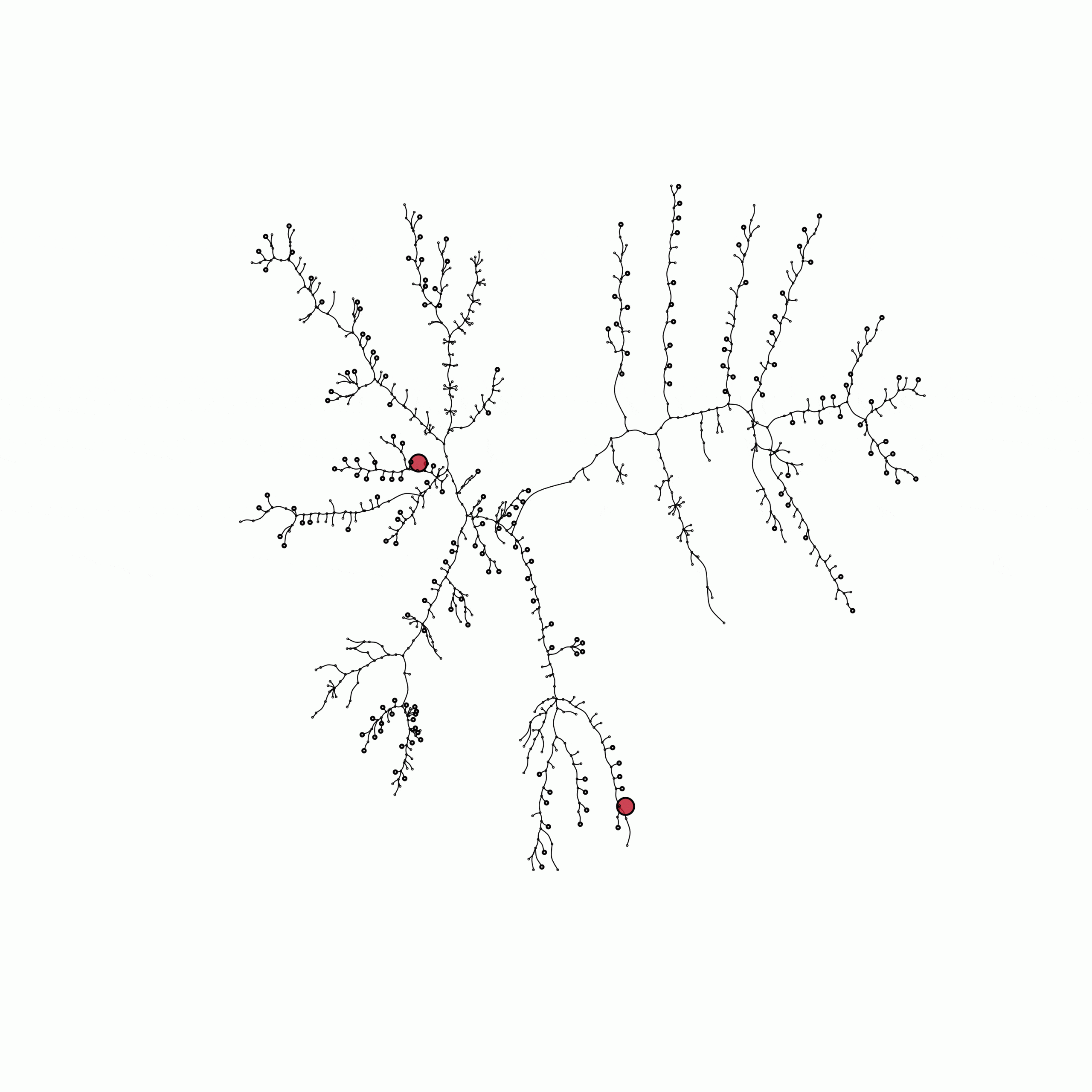Bio-Informed Design
Healthcare Associated Infections & Architecture
Project Type: Bio-Informed Design, Healthy Buildings
Project Contacts: Gwynne Mhuireach, Patrick Horve
Project Information
Currently, most hospital-associated infections cannot be traced to a specific source or operative procedure. Because of this, we are working with our collaborating labs, BioBE and IHBE to characterize specific pathogens throughout hopital spaces. We want to understand how the architecture of hospitals may affect pathogen transmission. Preliminary research indicates that many hospital surfaces, even after sterilization, are made of materials that can harbor certain pathogens, and that building design can create unexpected pathogen “hotspots”.
One of our studies into hospital architecture and disease transmission is the Sink Splash Zone project, where we investigated sinks and toilets in hospital rooms to survey the dispersal of water droplets. We also observed the nursing staff to understand how occupant behavior- like nurses washing their hands, touching a faucet and touching the patient or other surfaces might affect disease transmission.
Our preliminary results showed that reducing water dispersal from sinks is important in maintain clean adjacent surfaces, and that changing faucet flow rates, drain lines and placement of things like soap and paper towels would reduce the splash zone, potentially limiting the spread of any biological agents- like pathogens- that are present.
The results of this body of work will help architects and biologists understand more about the hospital microbiome and how architecture interacts with disease transmission. We hope to influence the informed hospital designs of the future, creating better healthcare environments and healthier patients.


